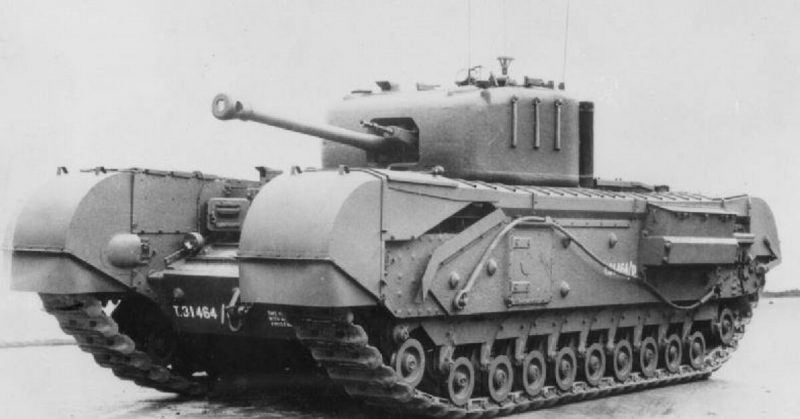The Tank, Infantry, Mk IV (A22) Churchill was the primary heavy infantry tank of the British Army during the first years of the Second World War.
Before WWII the British developed tactics against trench warfare and tanks were considered to be the key component in breaking the frontline.
The First World War proved to be a static conflict ― both sides would dig in and wait for an attack, which would usually end in a terrible bloodshed and loss of life.
The British Army was keen on making the fight more dynamic, so they developed two tank categories ― cavalry (or cruiser) and infantry tanks.
The first version of Churchill named Mk I was intended for close support during infantry attacks, as it was heavily armored, deliberately slow, so the soldiers could keep up, and armed with a frontal hull howitzer, apart from its 40 mm gun placed on a turret.
The tank was never intended to face other tanks in battle, but rather to destroy pillboxes and machine-gun nests so that the advancing infantry would have a better chance of actually surviving the charge on enemy positions.
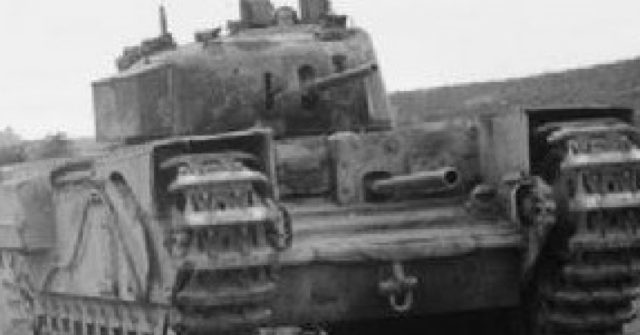
This strategy included cavalry tanks whose role was to implement speed and agility.
They were to disrupt enemy supply lines and communications after the defenses had been breached by infantry tanks such as the Churchill.
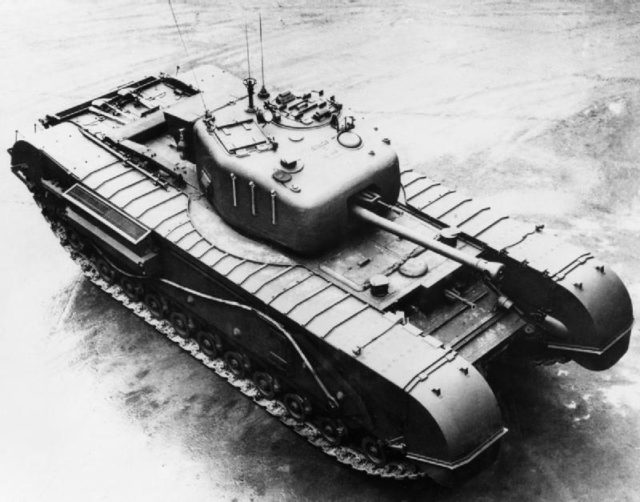
But after the fall of France, it became evident that times had indeed changed.
Trench warfare was a thing of the past, and well-coordinated attacks using combined land and air forces provided Hitler the necessary advantage against old-fashioned generals who believed that defense lines made of bunkers and trenches were the future of war.
The Churchill underwent several significant changes after the fall of France, most important being the replacement of the howitzer located in the frontal hull with two BESA machine guns and the upgrade of the 40 mm gun to 57 mm.
Nevertheless, 303 tanks that were produced before this change came into effect continued to serve until the end of the war.
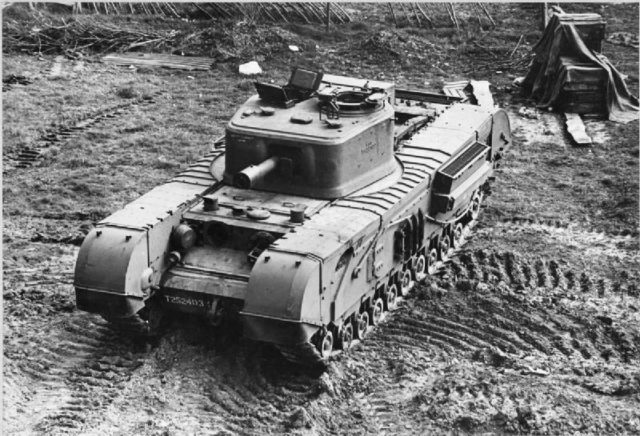
It’s further variants continued to upgrade the main gun to 75 mm (Churchill Mark VI and VII) and 95 mm (Mark V and VIII).
Its hull armor ranged from 102 mm to 152 mm, again depending on the variant.
This trait made it one of the heaviest Allied tanks and one of the best armored. Its initial weight was 39.1 t (Mark I) and it went to 40.7 t in its last upgrade (Mark VII).
At first, the tank suffered from many technical issues concerning the engine, for it was made in haste in 1941, out of fear of a possible German invasion of the British Isles and wasn’t tested enough.
On the good side, it was capable of handling rough terrain and climbing steep ground, for it was initially intended to come across craters and obstacles of a WWI-era battlefield.
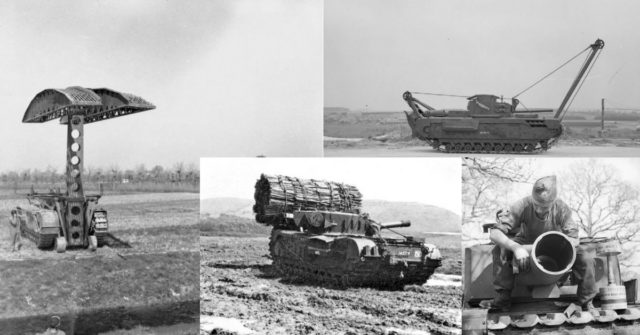
The tank served alongside the Allies in North Africa and Italy. Several hundred Churchill tanks served in USSR, most notably in the Battle of Kursk.
When the invasion of Normandy commenced, Churchill’s chassis was used for a number of specialist vehicles, including the Beach Armored Recovery Vehicle, and as part of the Armored Vehicle Royal Engineers corps.
It was also fitted with a flamethrower or a 290mm Petard Mortar for the Normandy campaign, with an intention of clearing and bombarding concrete bunkers.
